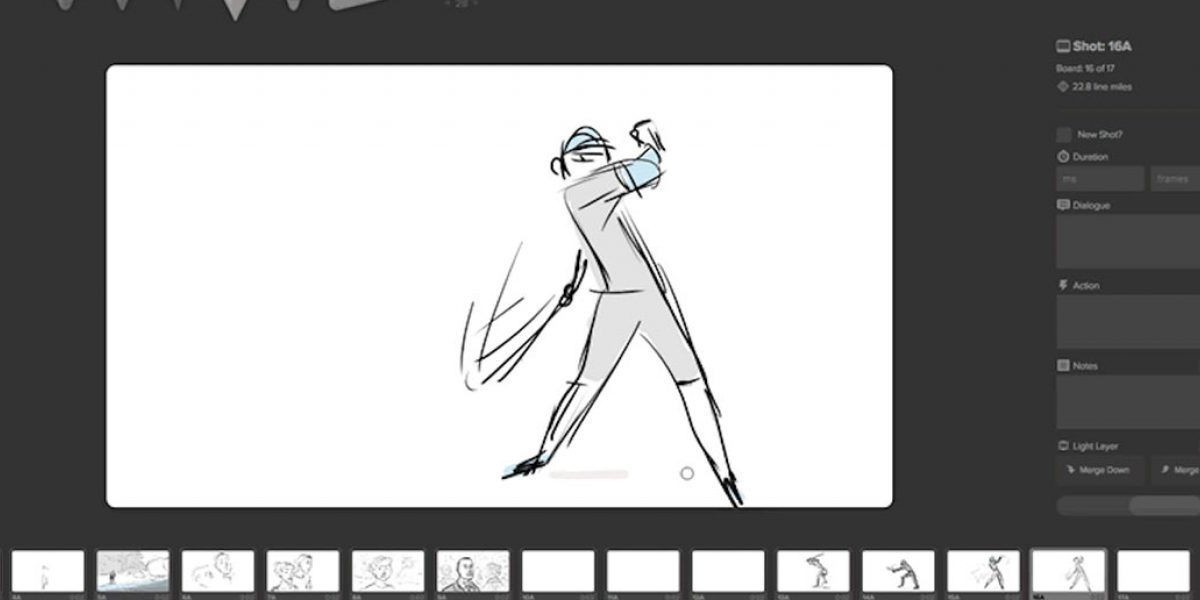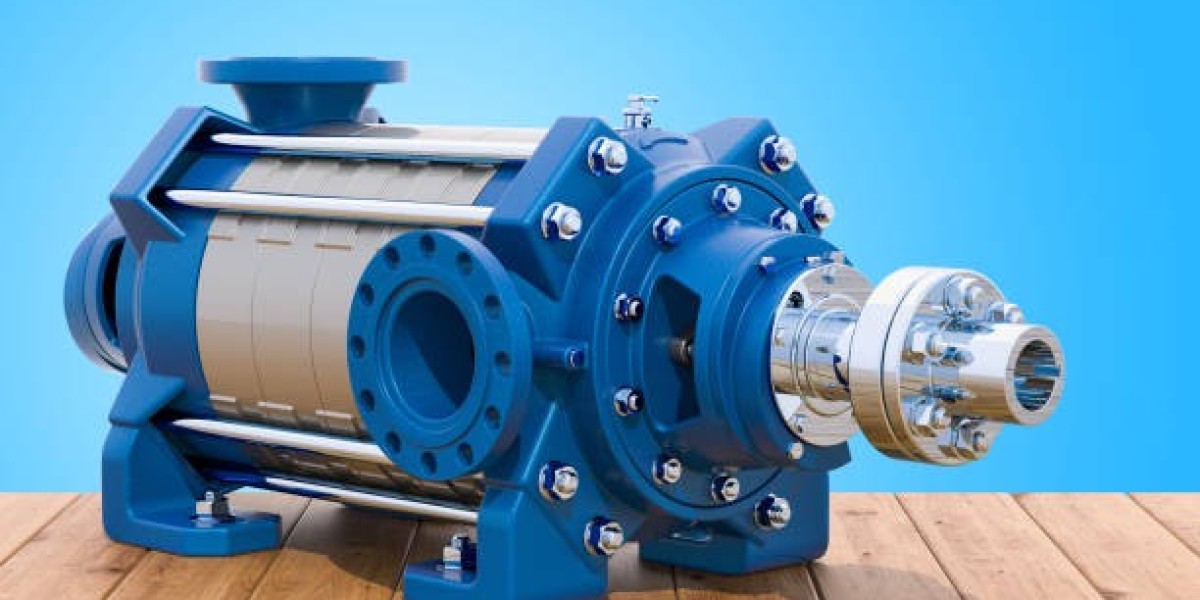In today's fast-paced digital landscape, creating compelling visual content is key to engaging audiences. One essential component of visual storytelling is storyboarding—mapping out your story in a series of frames to help visualize the flow of your project. However, traditional storyboarding can be time-consuming and requires a certain level of artistic skill. This is where AI storyboard generator tools come into play. These tools use artificial intelligence to help creators quickly produce detailed storyboards, making them an invaluable asset for filmmakers, animators, content creators, and marketing teams.
But with so many AI storyboard generator tools on the market, how do you choose the right one for your project? This article will guide you through the critical factors to consider when selecting the best AI storyboard generator tool, ensuring that you find the one that fits your needs perfectly.
1. Understand Your Project's Requirements
The first step in choosing an AI storyboard generator tool is understanding your project's specific needs. Different projects have different requirements, and the tool you select should align with these. Are you creating a short film, an animated series, a marketing video, or an educational tutorial? Each type of project may require different features from a storyboard generator.
For filmmakers, tools with robust visual asset libraries, support for shot descriptions, and integration with video editing software may be more suitable.
For animators, features like frame-by-frame preview, character design options, and seamless integration with animation software can be crucial.
For content creators and marketers, the ability to quickly generate storyboards for social media content, promotional videos, or explainer videos may be paramount.
Knowing your project’s unique requirements will help you narrow down the list of available AI storyboard generator tools and identify those that provide the most relevant features.
2. Evaluate the Tool's Features
AI storyboard generator tools come with a range of features, and understanding these features is essential to make an informed choice. Here are some common and advanced features to look for:
Auto-Generation of Storyboards: One of the most prominent features is the ability to auto-generate storyboards based on script input. This feature can save significant time and effort.
Customization Options: Look for tools that allow you to customize the generated storyboard, such as adjusting the layout, frame sequence, or visual elements.
Integration Capabilities: If you’re using other software tools for your project (like Adobe Premiere, After Effects, or animation software), ensure that the AI storyboard generator tool integrates seamlessly with them.
Collaboration Tools: For team projects, collaboration features such as sharing, commenting, and version control can be extremely beneficial.
Templates and Asset Libraries: Some tools come with pre-designed templates and extensive asset libraries (characters, props, backgrounds) that can help jumpstart your project.
Ease of Use: A user-friendly interface is essential, especially if your team includes individuals with varying levels of technical expertise.
3. Consider the Level of AI Automation
AI storyboard generator tools differ in the level of automation they provide. Some tools offer basic automation, like creating simple storyboards from text scripts, while others provide advanced features such as automated scene generation, camera angle suggestions, and even character animations.
If you're looking for a tool that does most of the work for you, an AI-powered solution with a high level of automation might be ideal. However, if you prefer to maintain creative control and make manual adjustments, you might opt for a tool that offers more customization and less automation.
4. Check the Tool's Compatibility with Your Existing Workflow
The best AI storyboard generator tool for your project should fit seamlessly into your existing workflow. Consider the following:
File Formats: Ensure the tool supports the file formats you commonly use (like PNG, JPG, PDF, etc.).
Software Compatibility: Look for tools compatible with your current software ecosystem, such as video editing, animation, or design software.
Cloud vs. Desktop: Some tools are cloud-based, which means you can access them from anywhere, while others require installation on a specific machine. Choose the option that best suits your team’s working style.
5. Evaluate Pricing and Subscription Plans
Cost is always a factor when choosing a tool. AI storyboard generator tools come with different pricing models—some offer a one-time purchase option, while others use a subscription-based model.
Free Tools: There are free AI storyboard generator tools available, which can be ideal for small projects or those with limited budgets. However, free tools may have limited features or watermark outputs.
Paid Tools: Paid tools often offer more advanced features, customer support, and frequent updates. If you're working on a large-scale or professional project, investing in a paid tool might be worthwhile.
Subscription Plans: Many tools offer tiered subscription plans, allowing you to choose one that best fits your needs. Consider whether you need a monthly, annual, or one-time payment plan.
6. Read Reviews and Testimonials
Reviews and testimonials from other users can provide valuable insights into the tool's performance, reliability, and user satisfaction. Look for reviews on trusted websites or communities related to filmmaking, animation, or content creation. Consider both positive and negative feedback to get a balanced view.
User Experience: Pay attention to what other users say about the tool's ease of use, customer support, and overall experience.
Success Stories: Many tools showcase case studies or success stories from satisfied customers, which can help you gauge the tool’s effectiveness for your specific use case.
7. Test the Tool with a Free Trial
Most AI storyboard generator tools offer a free trial period. Make use of this opportunity to test the tool’s features, interface, and overall usability. Create a small project during the trial period to see if the tool meets your needs and aligns with your creative process.
Hands-On Experience: A trial run will help you understand the tool's capabilities and limitations firsthand.
Assess Performance: During the trial, assess how the tool handles complex tasks, the speed of rendering, and the quality of the outputs.
8. Look for Customer Support and Community Resources
Good customer support can make a significant difference, especially if you encounter issues or have questions about the tool's functionality. Look for tools that offer:
24/7 Customer Support: Access to timely help through live chat, email, or phone support.
Tutorials and Guides: Comprehensive tutorials, user guides, and webinars can help you learn how to use the tool effectively.
Active Community Forums: Community forums or groups where you can interact with other users and exchange tips, tricks, and solutions.
9. Prioritize Security and Privacy
If you are handling sensitive content, consider the security and privacy features of the AI storyboard generator tool. Look for tools that provide:
Data Encryption: To protect your project files and personal information.
Regular Updates: To ensure the tool is secure and up-to-date with the latest technology standards.
Compliance: Check if the tool complies with relevant data protection regulations (like GDPR).
10. Choose a Tool That Grows with Your Needs
Finally, select an AI storyboard generator tool that can scale with your needs. As your projects grow in complexity, you may require more advanced features, additional collaboration tools, or support for a higher volume of work. Choose a tool that offers scalability and flexibility, so you don’t outgrow it too quickly.
Conclusion
Choosing the best AI storyboard generator tool for your project involves careful consideration of your project’s requirements, the tool’s features, automation level, compatibility, pricing, and customer support. By evaluating these factors and taking advantage of free trials, you can find a tool that not only meets your current needs but also grows with you over time.
To explore a wide range of options, check out this comprehensive AI storyboard generator tool that offers advanced features, flexible pricing plans, and seamless integration with popular software.
By taking these steps, you’ll be well on your way to selecting the perfect AI storyboard generator tool that empowers you to bring your creative vision to life.









